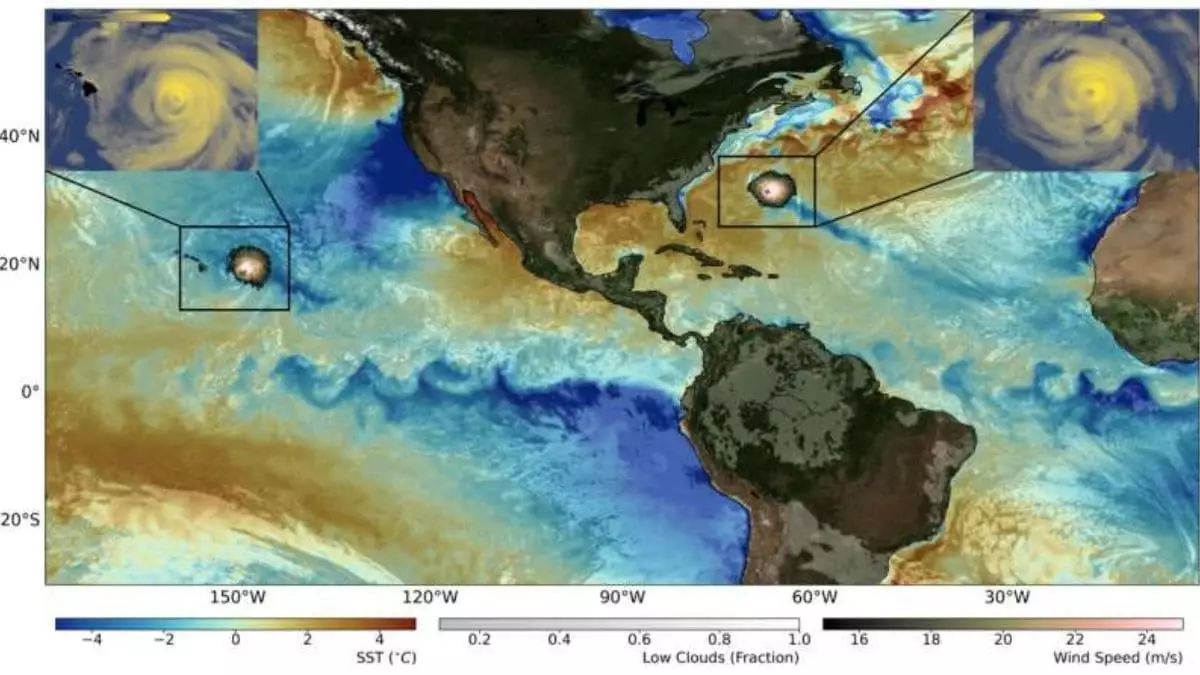Recent breakthroughs in climate modeling are challenging our complacency about global warming’s predictable trajectory. By leveraging ultra-high-resolution simulations, scientists have begun to peel back the layers of generalized forecasts, exposing a stark and uncomfortable truth: regional climate impacts will be far more severe and complex than previously assumed. These models, running on the mightiest supercomputers, reveal a future where local weather systems—onus often underestimated—become a battleground of chaos and extreme events. Unlike the broad strokes painted by traditional models, this new approach highlights the devastating realities scientists and vulnerable populations will soon face, including intensified rainfall, worsening droughts, and alarming Arctic temperature spikes.
Climate Hotspots: The Frontlines of Future Disasters
The updated simulations predict a disconcerting acceleration of warming in specific regions. Mountain ranges like the Himalayas and Andes could experience temperature increases 50-60% higher than the global average, obliterating any lingering hope that high-altitude environments can escape climate brutality. Frozen Arctic zones aren’t spared either; Siberia and Canadian tundras could see temperature rises of around 2°C even if global averages only climb by 1°C. Such disparities threaten to destabilize ecosystems and indigenous communities, forcing them into a crisis mode. Moreover, the increased frequency of climate oscillations such as El Niño, La Niña, and the Madden Julian Oscillation signals a future marked by chaotic weather patterns—floods, landslides, and destructive storms becoming the new normal rather than the exception.
The Power of High-Resolution Modeling and Its Limited Hope
What makes this advancement particularly unsettling is the level of detail now achievable. Armed with resolutions as fine as 9 km in the atmosphere and 4 km in oceans, these models reveal microclimates and localized phenomena that would escape standard tools. This granular view exposes how climate change’s impacts will vary dramatically from one community to another—amplifying vulnerabilities specific to small island nations and remote mountain villages that depend heavily on fragile infrastructure and delicate ecosystems. These populations are the canaries in the coal mine, likely to be hit first and hardest as climate volatility increases.
Yet, despite the technological marvels, a sense of urgency and despair lingers. The tools exist—interactive climate maps and data overlays—that should empower policymakers and planners. But in a world shackled by political inertia and short-term interests, can this knowledge translate into meaningful change? The frightening answer is uncertain. These models underscore an uncomfortable reality: adaptation strategies must now contend with a future that promises to be more unpredictable and unforgiving, threatening to overwhelm existing resilience efforts unless radical changes are embraced without delay.


Leave a Reply